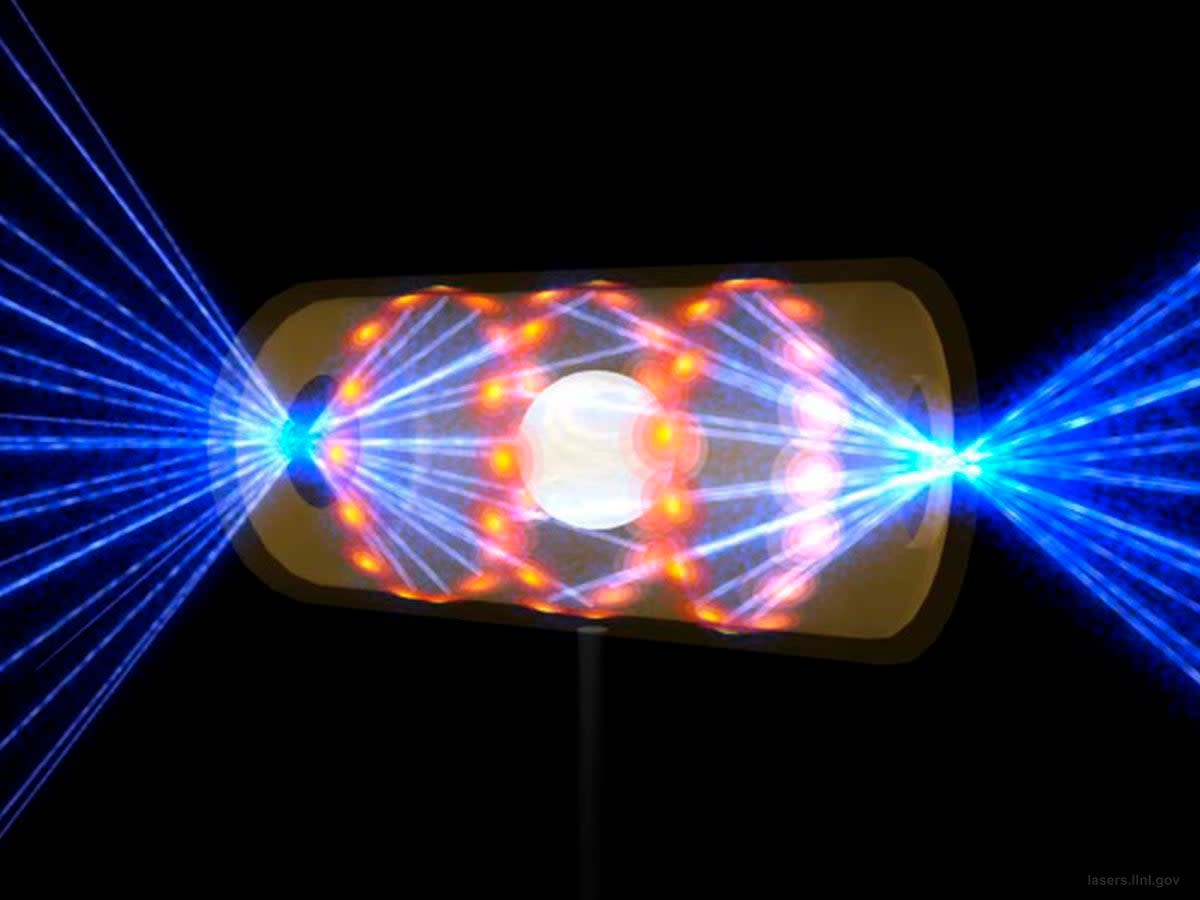Nuclear fusion discovery uncovers strange behaviour of limitless energy source OLD

Despite promises of imminent breakthroughs in nuclear fusion power going back decades, the ultimate clean energy source remains out of scientists’ reach.
A new study published Monday in the journal Nature Physics may help explain why fusion is such a tough puzzle to solve: despite more advanced computer modeling than ever, researchers recently found that particles in fusion reactions at the US National Ignition Facility (NIF) behave very differently than models said they should. Energy seems to be seeping out of the reaction in a fashion scientists currently cannot explain, hinting that a more fundamental understanding of high energy nuclear physics may be necessary before fusion power becomes a reality.
The NIF located at the National Lawrence Livermore Laboratory in California uses lasers to create the intense pressures and temperatures necessary to trigger a fusion reaction. Unlike the nuclear fission reactors currently in operation around the world that split atoms of uranium in order to release energy, fusion reactions squeeze together two isotopes of hydrogen, deuterium and tritium, to form a helium atom, the same energy release process that powers the Sun.
In January, NIF researchers announced a breakthrough, the generation of a “burning plasma.” The NIF lasers heat deuterium and tritium until they reach the plasma state of matter, where electrons are stripped away from the nuclei of their atoms, a hot soup of ions. A plasma is only considered burning if the fusion reactions taking place in the plasma provide the heat necessary to keep those reactions going — a self-heating plasma is a burning plasma.
Now in a new analysis, Lawrence Livermore Laboratory scientist Ed Hartouni and his colleagues found that energy released from the burning plasma doesn’t fit the distribution pattern scientists’ models predicted it would. Their findings suggest there is some other source of non-thermal energy contributing to the fusion reaction in burning plasma, according to Dr Hartouni.
“Our simulations use models to predict the outcome of our experiments. Those models are based on theoretical ideas which need to be simplified to allow calculation; we can’t simulate all of the [1,000,000,000,000,000,000] ions individually,” Dr Hartouni told The Independent in an email. “This could be a sign that our models won’t be good enough to predict the plasmas in this burning plasma, especially as the yield of the implosions increase.”
So while there are fundamental engineering challenges to building a fusion reactor that can provide useful power — generating the heat necessary to create burning plasma and then containing it for long periods of time — solving those problems may merely open the door to further experiments necessary for understanding the fundamental physics of how fusion works, according to an associated opinion piece by Università di Roma "La Sapienza" physicist Stefano Atezeni published in Nature Physics Monday.
“The attainment of a burning plasma is not only an important step in the long path towards fusion energy, but it also opens the way to investigations of unexplored conditions of matter, with sometimes surprising results,” Dr Atzeni wrote in his piece. This confirms — once again — that even after the entry into the burning and igniting plasma regimes, fusion research cannot do without experimental fundamental plasma physics.”


